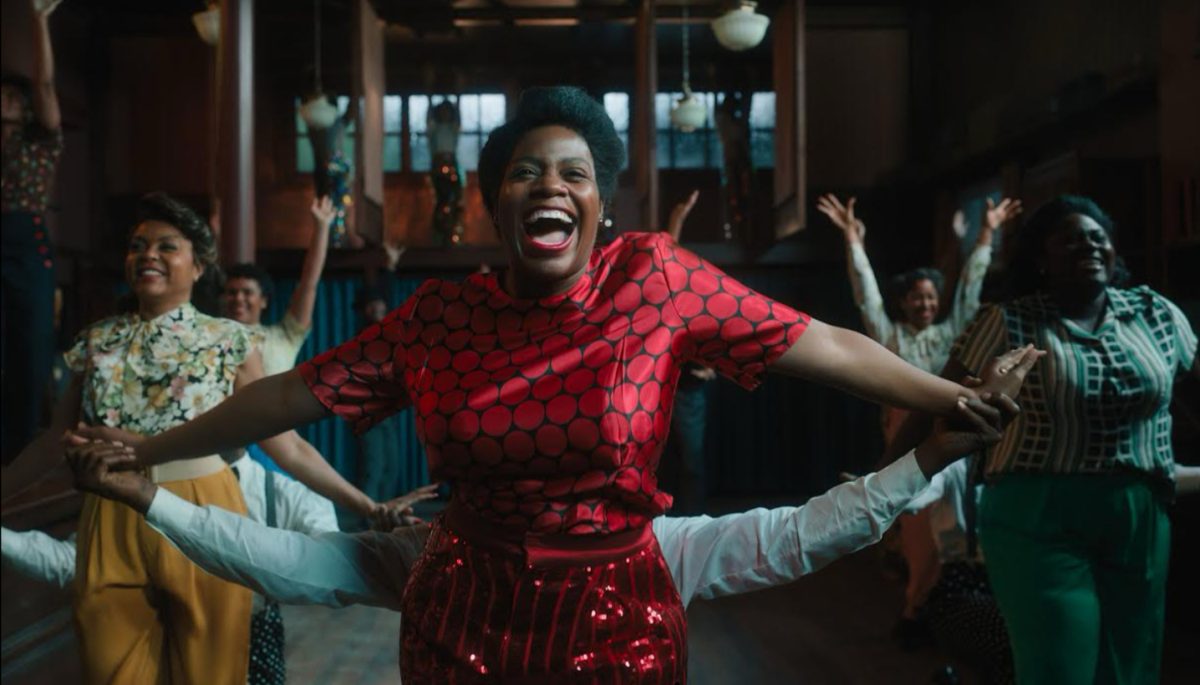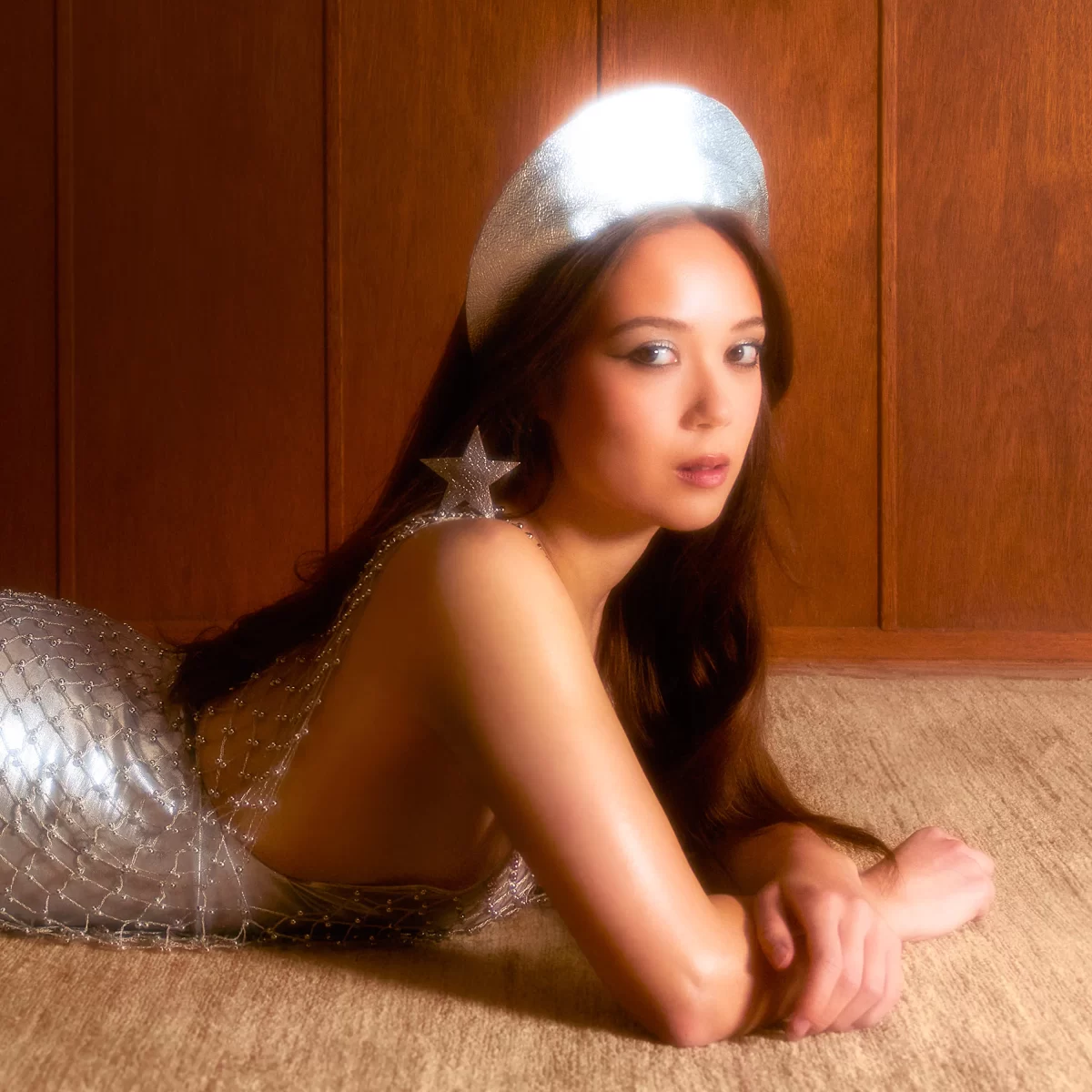The film “The Color Purple” powerfully explores the African American experience in the early 20th century by intimately following the life of Celie Johnson, portrayed with nuance by Fantasia Barrino. Through a series of raw, personal letters from Nettie to Celie, two of the film’s central characters, the two sisters, try to find their way back to each other after being separated by Celie’s abusive husband.
As the audience gains an inside perspective on Celie’s struggles, we also see how the surrounding women in Celie’s life, including her husband’s ex-girlfriend, help her free herself from her toxic marriage and find her sister and children again. Throughout the film, we experience her triumphs that eventually lead her to discover the newfound idea of sisterhood and how she allowed sisterhood to guide her into making a name for herself. Towards the end of the film we see Celie finally getting a chance to be reunited with her family, almost like a reward for all the hardships she faced throughout her life.
Blitz Bazawule ‘s 2023 adaptation of Alice Walker’s Pulitzer Prize-winning novel “The Color Purple” remains a cinematic masterpiece transcending time and captivating audiences with its poignant themes, powerful storytelling and stellar performances. Furthermore, one of the film’s greatest strengths is its stellar ensemble cast, with Fantasia Barrino delivering a tour-de-force performance as Celie. Barrino navigates Celie’s journey from oppression to self-discovery with remarkable grace and perseverance.
Under Dan Laustsen’s direction, the cinematography vividly captures both the beauty and brutality of the rural Southern landscapes. Laustsen’s deliberate emphasis on purple, referencing the film’s title, symbolically evokes the characters’ shared pain and resilience. This arresting visual aesthetic complements the narrative’s emotional power, crafting a visually striking and deeply poignant cinematic experience.
The soaring musical score by Marsh Norman heightens the film’s emotional response from the audience. From soulful melodies to gospel-inspired anthems, the soundtrack weaves seamlessly into the narrative tapestry, underscoring the themes of hope, redemption and the characters’ indomitable spirit.
Beyond its technical and artistic achievements, “The Color Purple” is celebrated for fearlessly exploring difficult topics like racism, sexism and domestic abuse. The film tackles these issues head-on, sparking crucial conversations about societal injustices. Though at times heartbreaking, the narrative ultimately delivers a message of resilience, empowerment, and the transformative power of love.
Though initially controversial for its portrayal of sensitive themes, “The Color Purple” has rightly earned its status as a classic, with a lasting impact beyond its release that has influenced generations of filmmakers and audiences. This legacy is clear from the film’s Golden Globe Award nominations for Fantasia Barrino winning the “Best Performance by a Female Actor in a Motion Picture – Musical or Comedy” as well as Danielle Brooks winning the “Best Performance by a Female Actor in a Supporting Role in any Motion Picture.”
This movie took me on an emotional rollercoaster, from laughter to tears, thanks to its powerful performances and a profoundly original message, unlike anything I’ve encountered in cinema before. In addition, my favorite part of the film is towards the end when Celie is finally reunited with her children and her sister. Their family’s immediate warmth and connection made it seem like no time had passed. In contrast, however, one of my least favorite parts of the film was the brutal abuse Celie faced from her husband. I wasn’t expecting it to be so callous, which threw me completely off guard. All in all, if you enjoy watching musicals and are more interested in complex relationships between Black women and the influential bonds between them, then this movie is definitely for you.
This timeless film remains an essential piece of cinema whose enduring relevance testifies to its exploration of universal themes and exceptional craftsmanship. Whether first viewing or revisiting, the film continues to resonate through its emotional depth, compelling characters and celebration of the human spirit.







